Tikat Ram was a small landowner in Dausa, near village Gopalpura in Rajasthan, who lived with his family and grew a sustainable crop on his small land. Once when his wife fell sick, he took her to the Ayurvedic doctor, Rajendra Prasad. Young Rajendra realised that Tikat Ram’s wife Angoori, was sick due to dehydration. He came across many more such patients. Also, there were numerous villagers suffering from night blindness which is caused by lack of water intake. He was disheartened to see the plight of the people and resolved to do something about it.
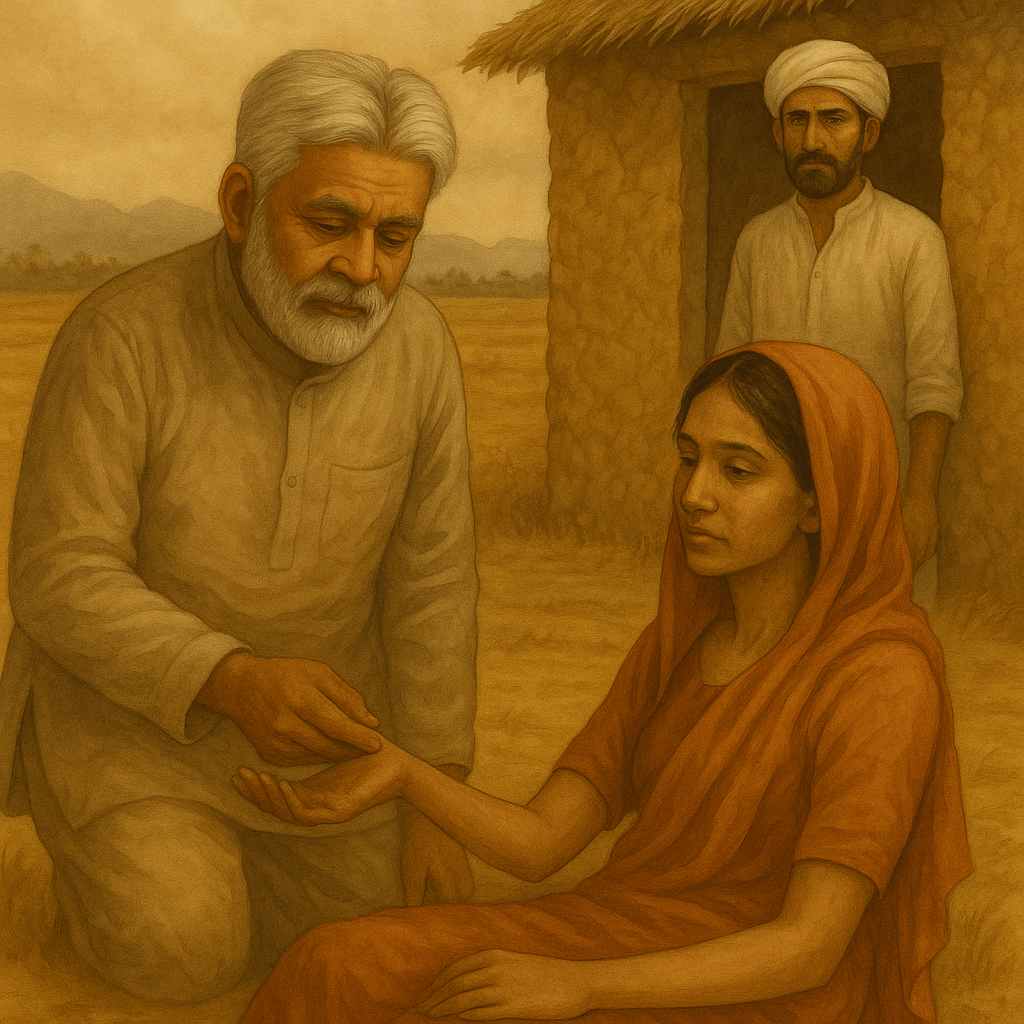
As luck would have it, he treated a village elder, Mangu kaka, who guided him to bring water to the village to cure the villagers of many ailments. He asked Rajendra to fill the stomach of the Earth with water. Mangu kaka taught him traditional methods of water restoration through hands on experience. Young Rajendra was a self-motivated man, so he set out on a project to improve water level in the village area. This was in the year 1985. The task was humongous, so he needed the assistance of villagers, but the villagers were skeptical because he did not belong here. He was not one of their own. He was from Uttar Pradesh. As an ayurvedic doctor, he was here only to treat the patients.
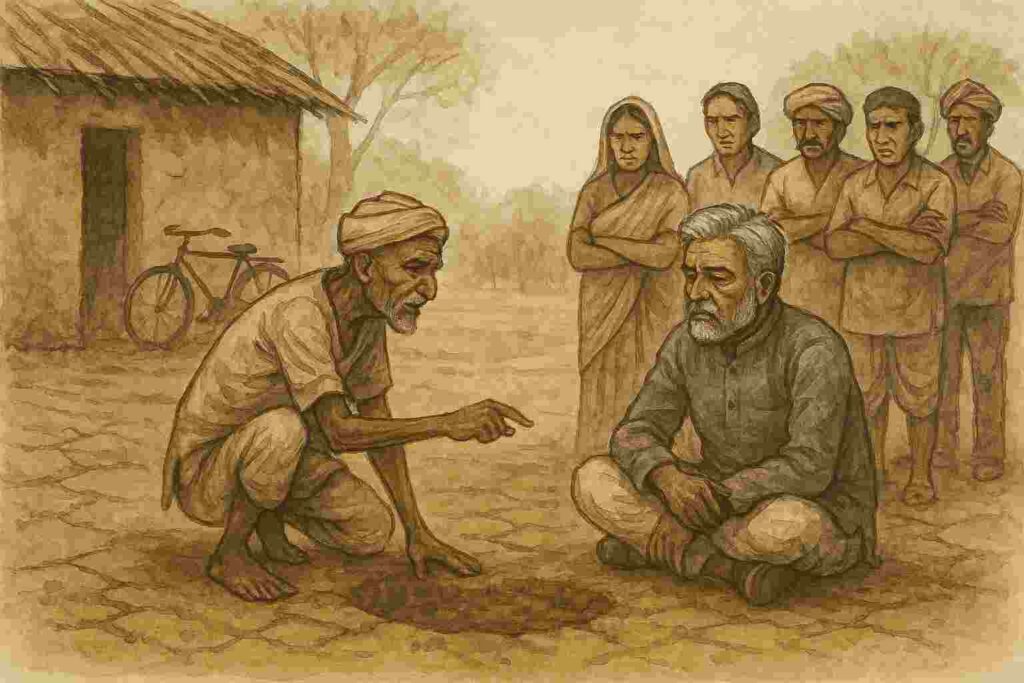
Rajendra set out alone to restore the water resources. He made check dams and johads on his own. When the villagers witnessed the johads fill during monsoon, they slowly joined hands with him. Now, the village women were in the forefront to help because they would be benefitted the most. It would save them from walking miles together to fetch water. Tikat Ram too motivated his clan to work for the water restoration project in the village.

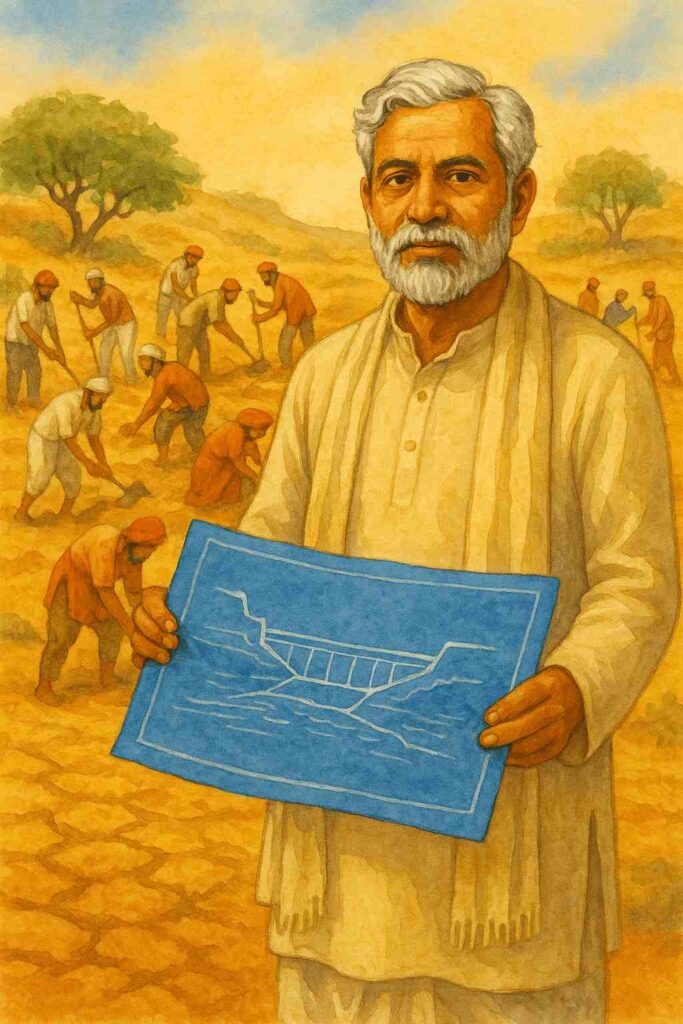
Slowly, the underground aquifers were filled with water and the water level in the area increased. The villagers witnessed an increase in crop production. In addition to this, all the water that used to rundown during the rains, was now being collected in the wells and johads. The word spread about his work and soon the nearby villages joined hands.
Under the tutelage of Tarun Bhaskar Sangh, Rajendra started making catchment areas like anicut, check dams and johads in Arvari River basin, with the help of local villagers. It was hard work, and they laboured for 10-14 hours a day. The efforts paid off; the catchment areas were filled with water during rains and a once dead Arvari river of length 45 km, was revived and slowly it turned into a perennial river by 1995.
This model was expanded to other water bodies and today reaches almost 1,200 villages. “This has happened only because we managed to involve the community. Alone, we can do nothing,” says Rajendra Singh. Due to his relentless efforts to revive and restore water bodies, he earned the name of Waterman of India and won the prestigious Magsaysay Award in 2001 and the Stockholm Water Prize in 2015.
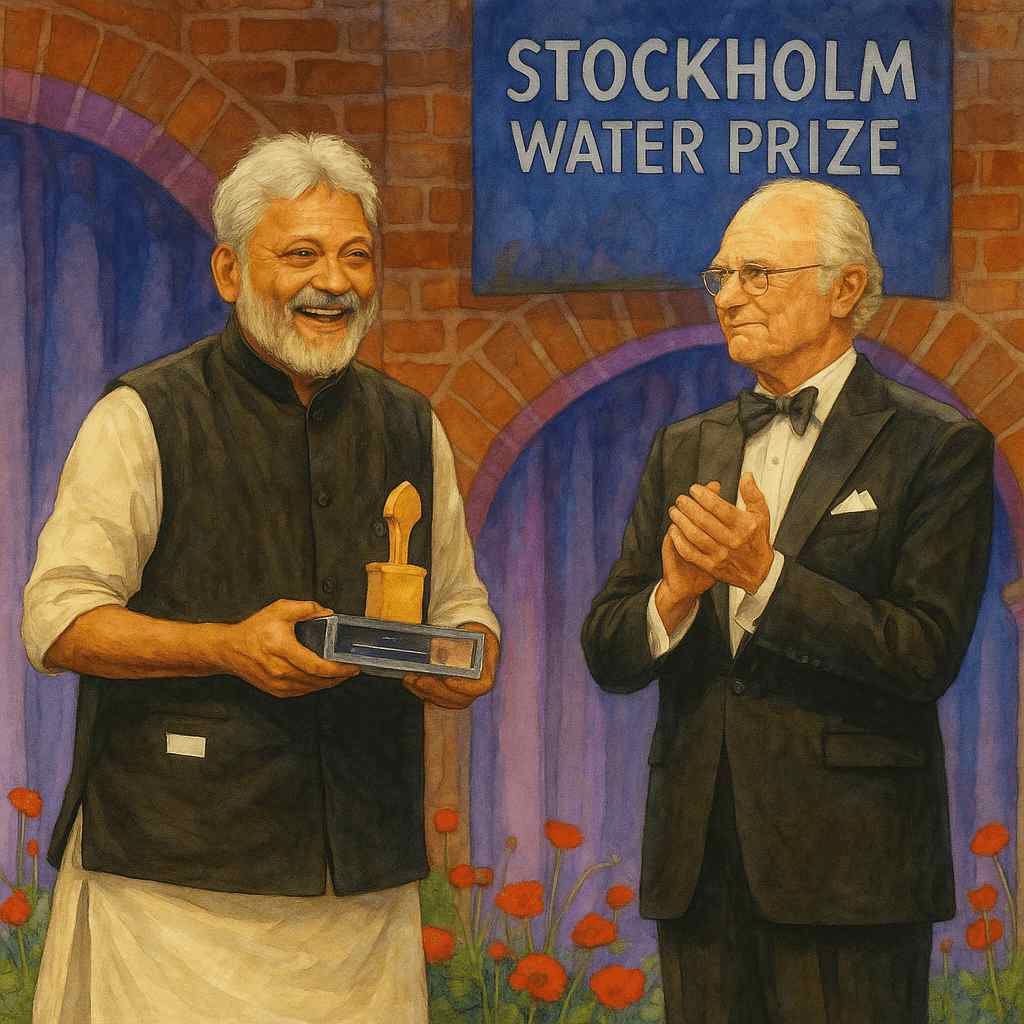
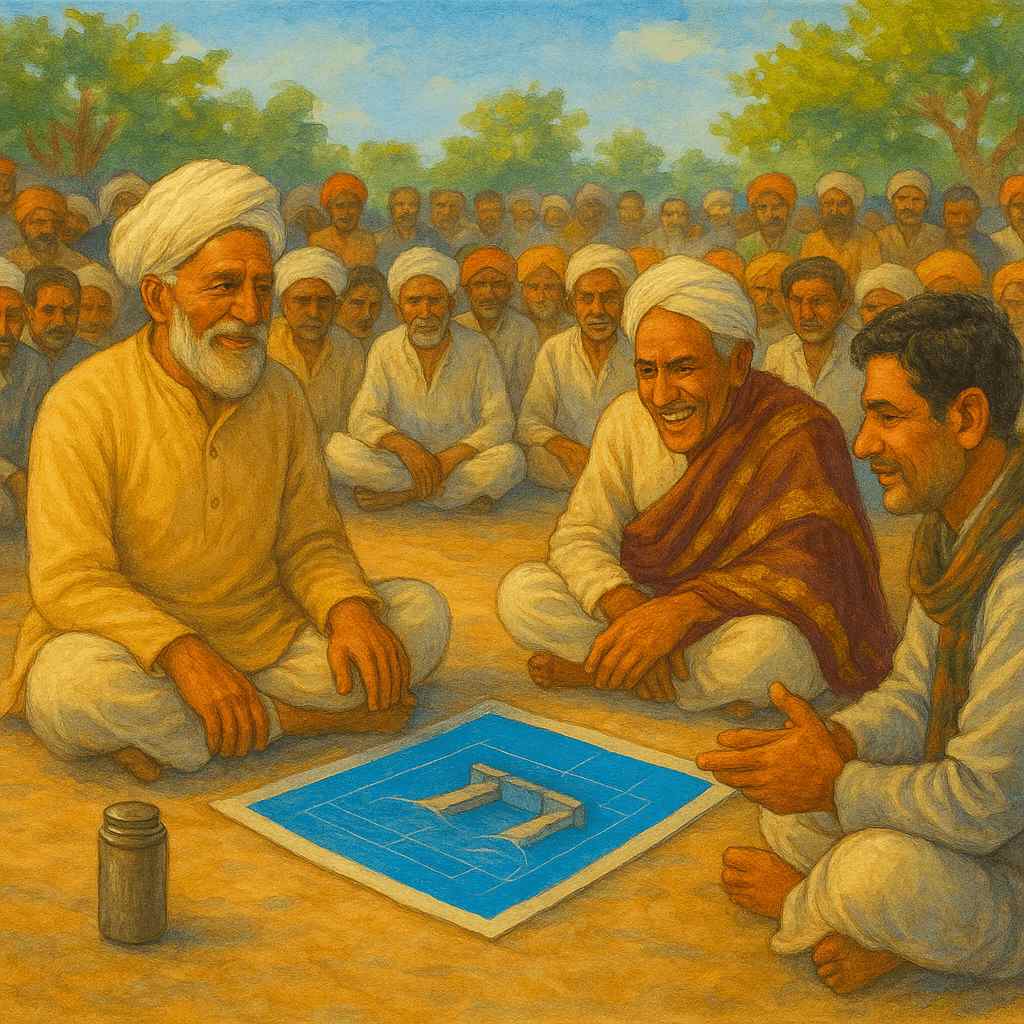
Though Tikat Ram and Angoori Devi do not understand the value of these awards, but they respect Rajendra Singh ji for filling their lives and fields with water. They are now able to grow wheat and sugarcane too. Their relatives, who had left the village to seek jobs in urban areas, have returned and engage in their traditional livelihoods. Tikat Ram was later elected to the Arvari River Parliament, which is a gathering of representatives of 72 villages, who come together to matters on river water and resource management.
Tikat Ram along with other members of Aravri River Parliament, work for the restoration of johads and rivers of the region. The government tried to impose its own regulations, but the Arvari River Parliament did not allow any interference in the region. This unique, highly successful body won a battle with the slow bureaucracy in India, combatted the powerful mining lobby, and enabled villagers – including women and people from diverse castes – to take charge of their own water management. Through discussion and planning, sharing of information and collaboration, the needs and wants of many different families who live alongside the river are balanced and compromises agreed. In 2004, the river was awarded the ‘International River Prize’.
Angoori Devi is now a proud grandmother. She assists in the various projects of Arvari River Parliament. Not only this, but she also ensures that each of her grandchildren participate in the activities of ‘Arvari River Child Parliament’ which was formed in 2013, to embed the water culture into the next generation. This way the children will have a sense of ownership of their resources and will learn to appreciate them and use them judiciously.

In the meanwhile, Dr. Rajendra Prasad continues to expand his horizon and spreads the message of traditional water conservation wisdom to revive the rivers in various states of the country. He is certainly the beacon of hope for the villagers.
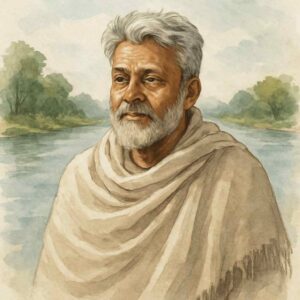
Story by: Our active volunteer Charu Govil and vibrant illustrations by Nanma(9th Grade student volunteer from Kerala)


